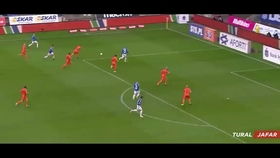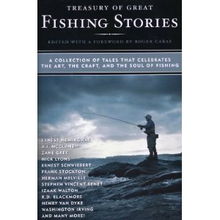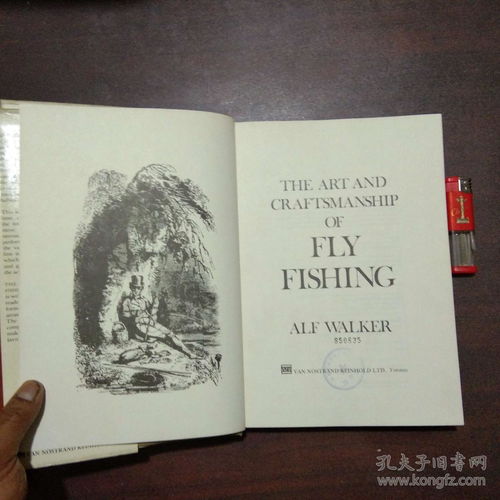The Art of Floating: A Comprehensive Guide to Refining Your Fishing Skills
Fishing, an ancient pastime that has stood the test of time, is an activity that requires both patience and skill. Among the myriad techniques available to anglers, the floating technique stands out as a particularly rewarding and versatile method. Whether you're targeting still waters or moving streams, mastering the art of floating can significantly enhance your fishing experience. In this comprehensive guide, we will delve into the intricacies of the floating technique, offering practical advice and step-by-step instructions to help you refine your fishing skills.
Understanding the Floating Technique
The floating technique involves the use of a floating lure or bait that is designed to stay on the surface of the water. This method is particularly effective for catching fish that feed near the surface, such as sunfish, bass, and panfish. The key to success lies in the ability to control the lure or bait and present it in a way that mimics natural prey.

Essential Equipment for Floating Techniques
Before you can begin practicing the floating technique, you'll need the right equipment. Here's a list of essential gear:
- Rod and Reel: Choose a lightweight rod and reel that is suitable for the type of fish you're targeting. A spinning rod and reel combination is often a good choice for beginners.
- Line: Use a monofilament line with a breaking strength that matches the size of the fish you're targeting. A line thickness of 4 to 6 pounds is generally sufficient for most freshwater fishing.
- Leader: Attach a leader of 6 to 12 inches in length to your main line. This leader should be slightly lighter than your main line to reduce the risk of detection by fish.
- Hook: Select a hook that is appropriate for the bait or lure you're using. For most floating techniques, a small, sharp hook is ideal.
- Bait or Lure: Choose a floating bait or lure that is suitable for the fish you're targeting. Common options include plastic worms, jigs, and poppers.
Step-by-Step Guide to Practicing the Floating Technique
- Select the Right Bait or Lure: Begin by choosing a bait or lure that is designed to float. This could be a plastic worm, a jig, or a popper.
- Attach the Bait or Lure: Thread the bait or lure onto your hook, ensuring that it is securely attached. For lures, it's often best to tie them directly to the hook.
- Cast the Line: With your rod held at a 45-degree angle, cast the line out into the water. Aim for a gentle, overhead cast to avoid spooking fish.
- Work the Bait or Lure: Once the bait or lure is in the water, begin to work it. The exact method will depend on the type of bait or lure you're using. For example, with a plastic worm, you might twitch the rod tip to create a lifelike action. With a popper, you might pull it through the water to create a popping sound.
- Adjust the Depth: If the bait or lure is sinking too quickly, add weight to your line or use a heavier lure. If it's not sinking enough, try a lighter lure or reduce the amount of weight on your line.
- Patience is Key: The floating technique requires patience. Wait for the fish to take the bait or lure before setting the hook. Avoid striking too quickly, as this can spook the fish.
Advanced Floating Techniques
Once you've mastered the basics of the floating technique, you can begin to experiment with more advanced methods. Here are a few tips to help you take your skills to the next level:
- Trolling: Trolling involves moving the boat or a boat-mounted fishing rig through the water, dragging the bait or lure behind. This method is particularly effective for catching fish in larger bodies of water.
- Surface Fishing: Surface fishing involves using lures or baits that are designed to create a disturbance on the water's surface. This can attract fish that are feeding near the top of the water column.
- Fishing in Currents: When fishing in streams or rivers, you can use the current to your advantage by allowing the bait or lure to drift naturally. This can be particularly effective for catching fish that are holding in pockets or along the edges of the stream.
Conclusion
The floating technique is a fundamental skill that can greatly enhance your fishing experience. By understanding the basics and practicing regularly, you can refine your skills and catch more fish. Remember, the key to success lies in patience, practice, and a willingness to experiment with different techniques. With time and dedication, you'll become a master of the floating technique and enjoy countless successful fishing trips. Happy fishing!












